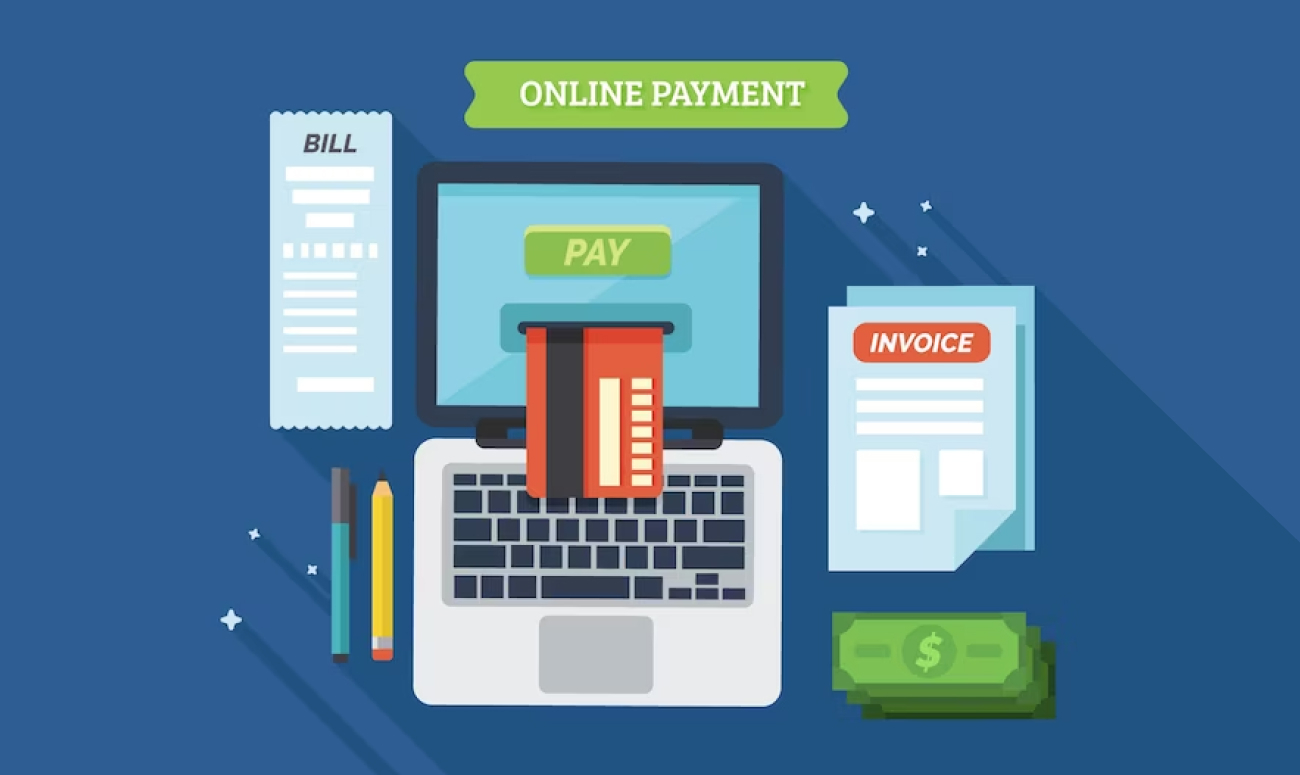
Time and money are two of the most precious resources for any small business. But companies can manage these resources efficiently by utilizing customer relationship management software (CRM) with automated billing and invoicing capabilities. CRM software provides a comprehensive solution that helps streamline operations and create potential cost-saving opportunities for every type of small business anywhere. This blog post will explore how implementing a CRM platform with automated billing and invoicing features can benefit mid-sized organizations looking to get more out of their customer relationships.
Understanding the Benefits of Billing and Invoicing Automation
In today’s competitive business environment, small businesses must find ways to maximize efficiency and reduce costs. Automating billing and invoicing systems in SaaS businesses can help organizations streamline operations while saving time and money. In addition, by leveraging customer relationship management (CRM) tools with automated features, businesses can take advantage of powerful benefits that make managing customer relationships more accessible.
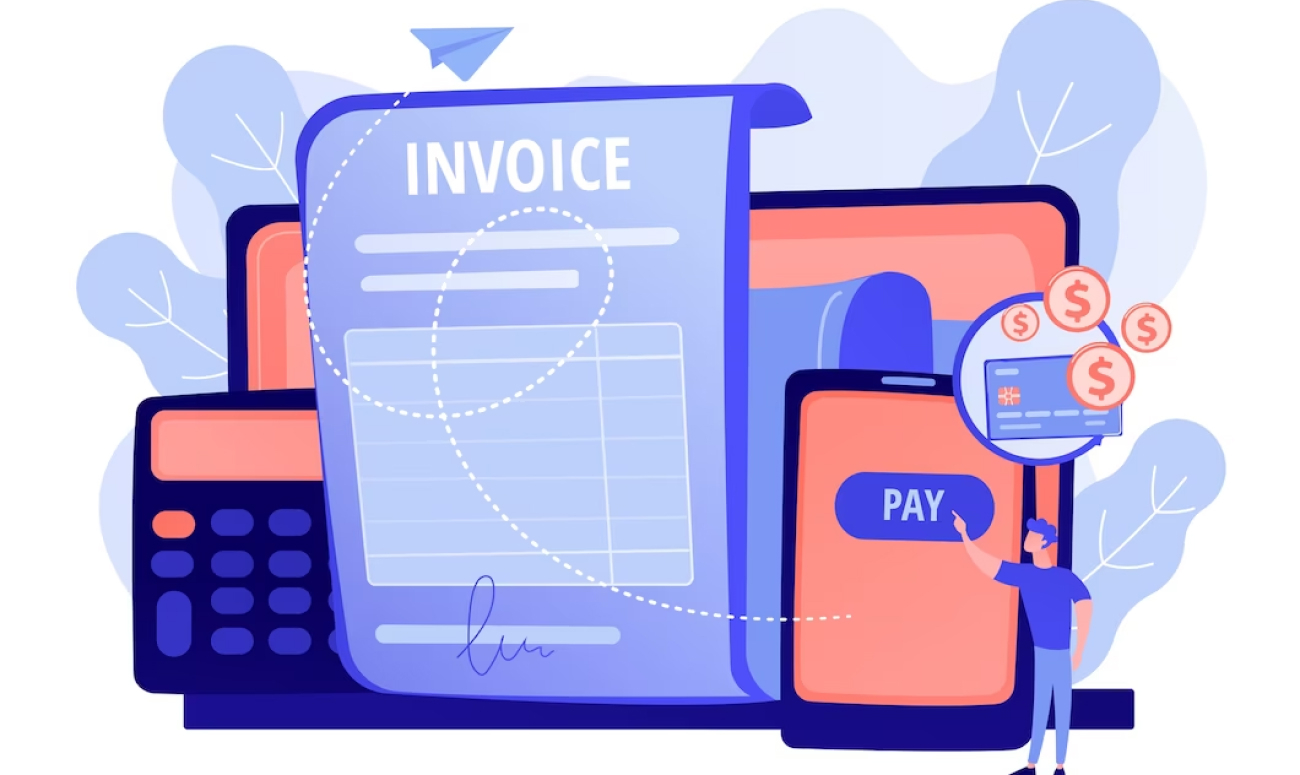
Why You Need to Automate Your Billing and Invoicing Processes
In today’s fast-paced and ever-changing world, businesses require efficient and streamlined processes to stay competitive. Manual billing and invoicing processes have been a crucial part of businesses for decades, but they can no longer keep up with the demands of modern-day business operations.
The manual billing and invoicing processes are associated with various challenges that negatively impact businesses’ administrative and financial operations. These challenges range from human error, inconsistent invoicing, time-consuming processes, and delays in payment processing.
For instance, traditional invoicing methods require printing, mailing, and handling invoices manually, which can take days, if not weeks, to complete. This lengthy process increases the chances of errors or inconsistencies in invoicing, leading to disputes and delayed payment processing. Moreover, manually handling billing and invoicing processes can consume significant time and resources, thereby increasing business costs.

As these challenges persist, businesses have turned to automated billing and invoicing processes to solve their problems. Automating billing and invoicing processes provides businesses with fast, hassle-free, and efficient ways of creating and processing invoices. In addition, automation ensures all that information regarding the invoicing and payment processing is accurate, timely, and efficient.
In conclusion, automating billing and invoicing processes is not a luxury but a necessity for any business that wants to stay competitive and efficient in today’s fast-paced world. By doing so, organizations can reduce operational costs, minimize errors, and streamline financial operations to meet modern-day business demands.
For more information on SaaS business and its various features – Read Subscription management software.
The Benefits of Automating Billing and Invoicing Processes
CRM platform has become essential to any successful business, providing organizations with powerful tools to help them manage and improve customer relationships. Automating billing and invoicing processes through a CRM system can provide businesses with many advantages, including:
Standard benefits:
– Streamlined financial operations
– Reduced operational costs
– Minimized errors and inconsistencies in invoicing
– Quicker payment processing times
Emotional benefits:
– Increased customer satisfaction due to improved accuracy of billing information.
– Improved efficiency that allows businesses to focus on other areas of growth.
– Enhanced customer experience as customers feel valued and respected.
In conclusion, businesses of all sizes can benefit from automating their billing and invoicing processes through a cloud CRM system. Automation helps streamline financial operations, reduce operational costs, minimize errors, create more and improve the customer experience. Therefore, automated billing and invoicing processes are crucial for any enterprise that wants to stay competitive and efficient.
Maximizing Efficiency and Reducing Errors with Billing Automation
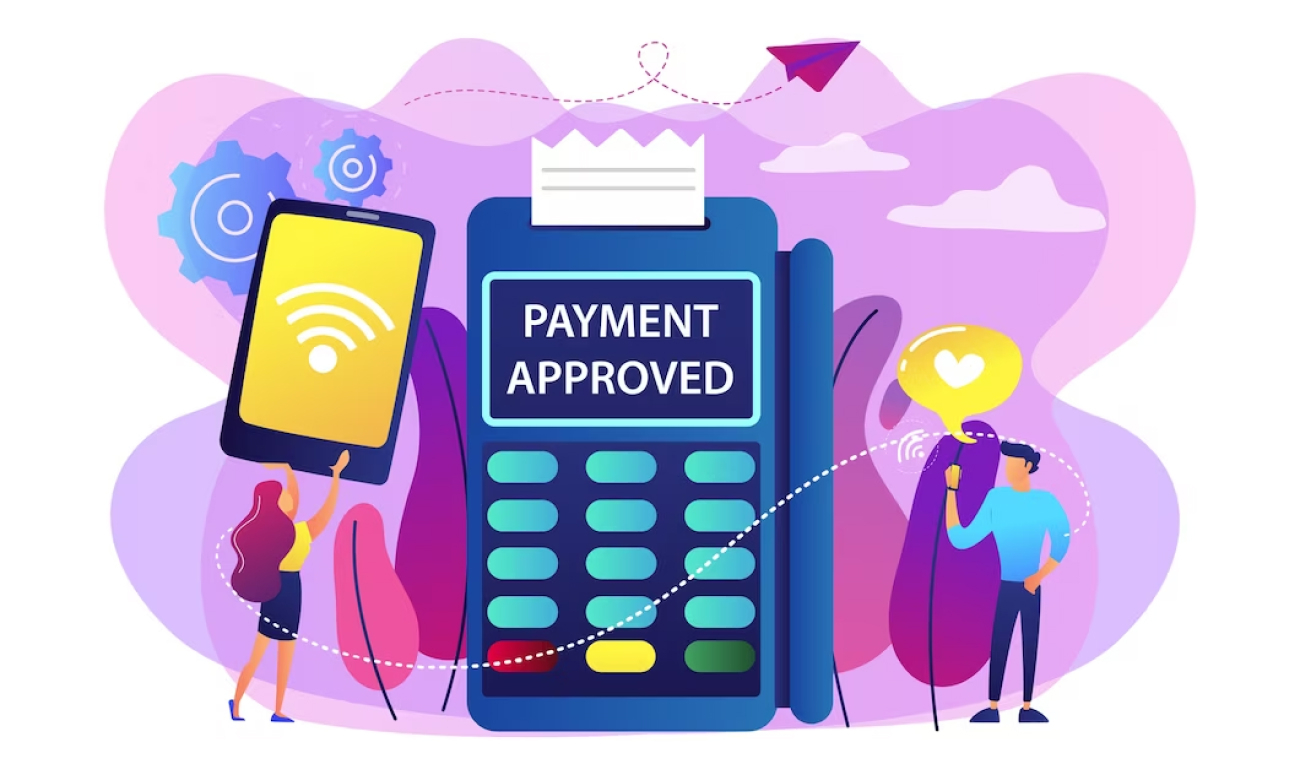
Billing automation is a process in which an organization utilizes technology to streamline its billing and invoicing procedures. This process ensures businesses can complete billing invoicing tasks quickly and accurately, increasing business efficiency.
According to a recent study conducted by PaySimple, a billing and payment solutions provider, businesses that adopt billing automation saw an average reduction of 50-80% in the time spent on billing tasks. That means the saved time can be reallocated towards more strategic tasks to drive business growth.
Not only does billing automation save time, but it also helps to eliminate errors that can lead to delays in payment processing and customer dissatisfaction. For example, the same study found that organizations that employed billing automation saw a 42% reduction in payment errors.
Additionally, billing automation allows consistent, accurate, and timely project management, billing invoicing, and payment processing. Organizations can swiftly generate bills and invoices through automation, schedule payments, and produce regular financial reports. This access to accurate financial information helps in the decision-making process within the organization.
In conclusion, billing automation significantly increases the efficiency of billing and invoicing procedures while reducing errors. As a result, organizations that choose to adopt this technology can benefit from enhanced productivity, lower operational costs, and provide better customer service.
How Invoicing and Billing Automation Can Help You Save Money
Invoicing and billing automation services can help organizations save money in many ways. Automating these processes eliminates manual labor, reducing operational costs associated with employing staff to handle the task. It also allows businesses to process payments faster, improving cash flow. Additionally, automated invoicing and billing systems are more accurate than manual processing and can reduce errors that lead to costly payment delays.
Moreover, automating invoicing and billing processes makes it easier for organizations to track their financial performance by providing real-time data on accounts receivable. That helps business owners identify opportunities for cost savings or areas of improvement in their financial operations.
Furthermore, automating billing and invoicing can help businesses increase customer satisfaction by providing customers based accurate and timely billing information. With automated systems, customers can be confident that their bills and invoices are correct and that payments will process quickly and smoothly.
Planning and Preparing for Billing and Invoicing Automation
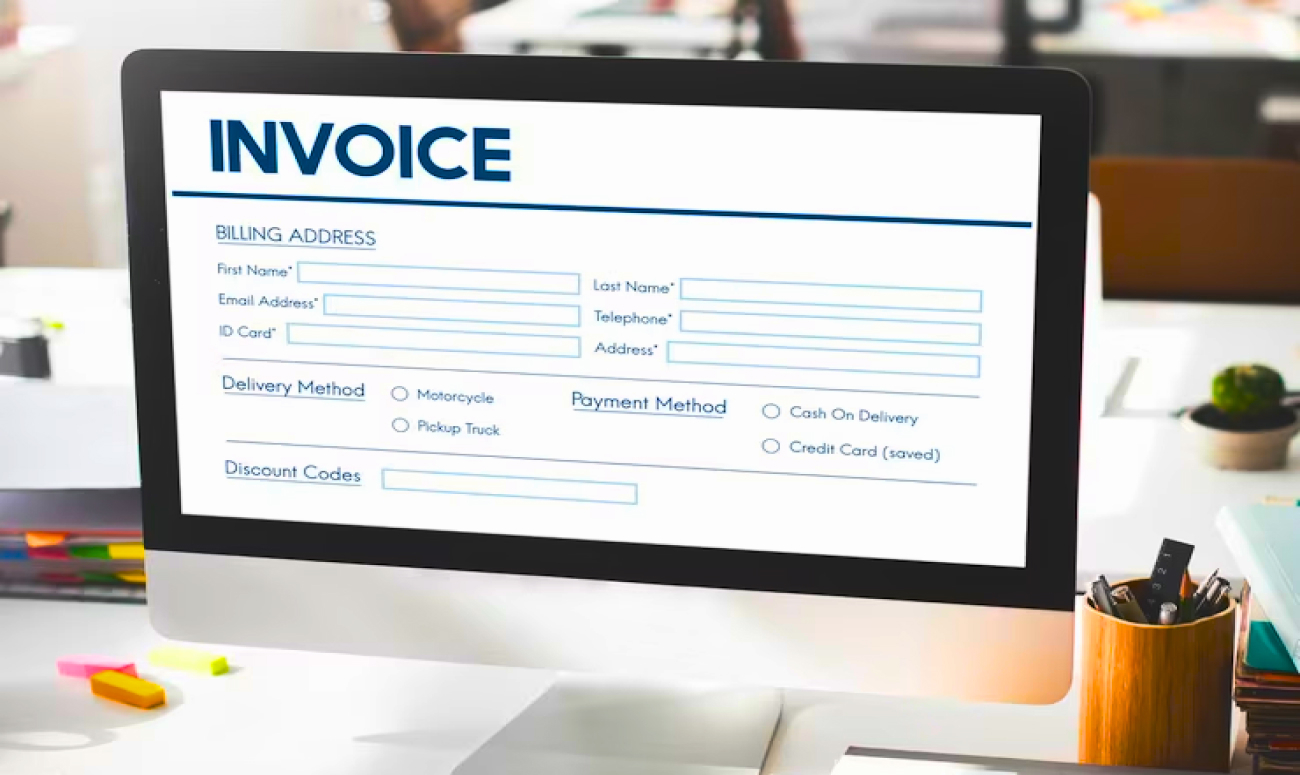
Organizations interested in automating their billing and invoicing processes should start by planning and preparing to manage the transition from manual to automated systems. That may involve evaluating current systems, researching available solutions, assessing the costs associated with implementing a new system, and setting up the necessary infrastructure.
It is also essential for organizations to ensure that their data is secure and compliant with industry standards. Additionally, businesses should choose an automation platform that integrates easily with existing financial software such as accounting or payroll systems. With a well-planned strategy, organizations can successfully implement billing and invoicing automation to reap its many benefits.
How to Determine Your Needs
As technology advances and businesses grow, automating your various processes is becoming an increasingly popular solution for saving time and increasing efficiency. However, transitioning to automation can be daunting.
Firstly, it’s crucial to determine your needs by evaluating your current invoicing management system and billing process. Take note of the bottlenecks, repetitive tasks, and areas where errors commonly occur in the sales process. Once you understand your current strategy, identify the features and functionalities you need in an automated system. That will ensure that the automation solution you choose meets your business requirements.
The Steps to Planning for Invoicing and Billing Automation
Planning for invoicing and billing automation includes establishing a clear plan, choosing the right billing and invoicing management software, and preparing your data for transfer. First, develop a timeline for your project, including milestones for transitioning to the new system. Next, identify the key stakeholders involved and ensure they are fully onboard. Next, when selecting billing and invoicing management software, research different options and compare their features, pricing, and support. Lastly, prepare your data for transfer by cleaning up any errors or inconsistencies and verifying that all necessary information is accurate.
The Importance of Preparing Your Staff for Invoicing and Billing Automation
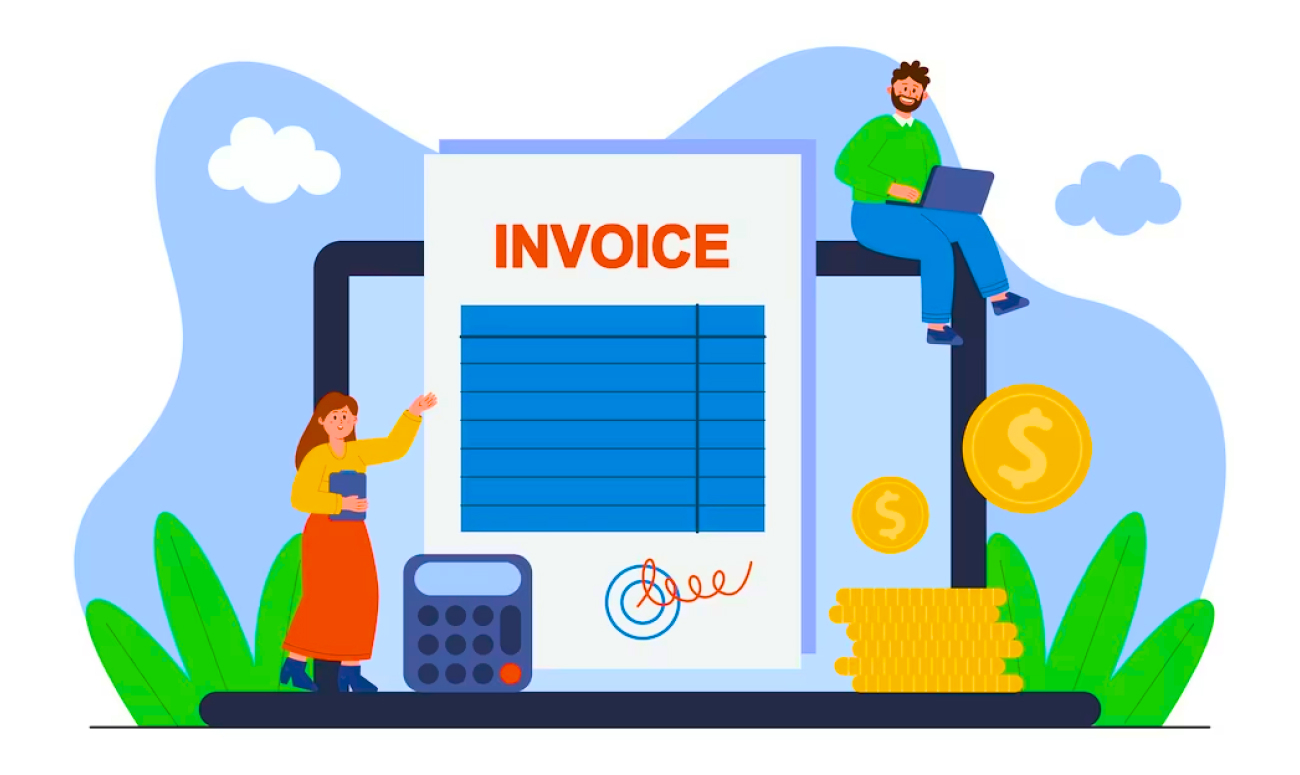
The technical aspect of billing and invoicing automation is essential; preparing your staff for the change is equally important. Training your employees on properly using the new system will ensure a smooth transition and reduce errors. Communicate the new system’s benefits and address any concerns or questions your staff or customers may have. Additionally, your team can access the appropriate resources, such as user manuals or training videos, to support their learning.
How to Implement Billing Automation Without Breaking the Bank
Billing automation tools can be expensive, and organizations may need to consider their budget before investing in a new system. One way to minimize the cost is by determining which features are essential for your business needs and selecting software that meets those requirements.
Finally, consider using open-source software or a free trial period to evaluate the system and ensure it meets your needs before making any financial commitments.
Almost all cloud CRM software offers free trials, but the finest software is EQUP. It offers the best services at affordable rates and provides lifetime access to most of its features for free (beneficial for a small business). It provides the best cloud CRM tools ever, with invoicing and billing automation processes.

By following these steps, organizations can successfully plan and prepare for billing automation without breaking the bank:
1. Figure out what you need in a billing automation system by analyzing the sales pipeline.
2. Make a timeline and list the people who need to be involved.
3. Compare different options and decide which software is best for you.
4. Check that all data is accurate before transferring it to the new system.
5. Train employees on how to use the new system properly.
6. Choose software with just the features you need and try free trials or open-source software first to avoid spending too much money on it.
7. Monitor and evaluate the new system’s success to ensure it meets your needs over time.
Organizations can implement billing automation with minimal cost and effort by taking these steps. With a well-planned strategy, businesses can reap the many benefits of an automated billing system, such as increased efficiency, reduced costs, and improved accuracy. In addition, automation can make businesses more competitive and enable them to scale up quickly as demand increases.
The Metrics to Track Success
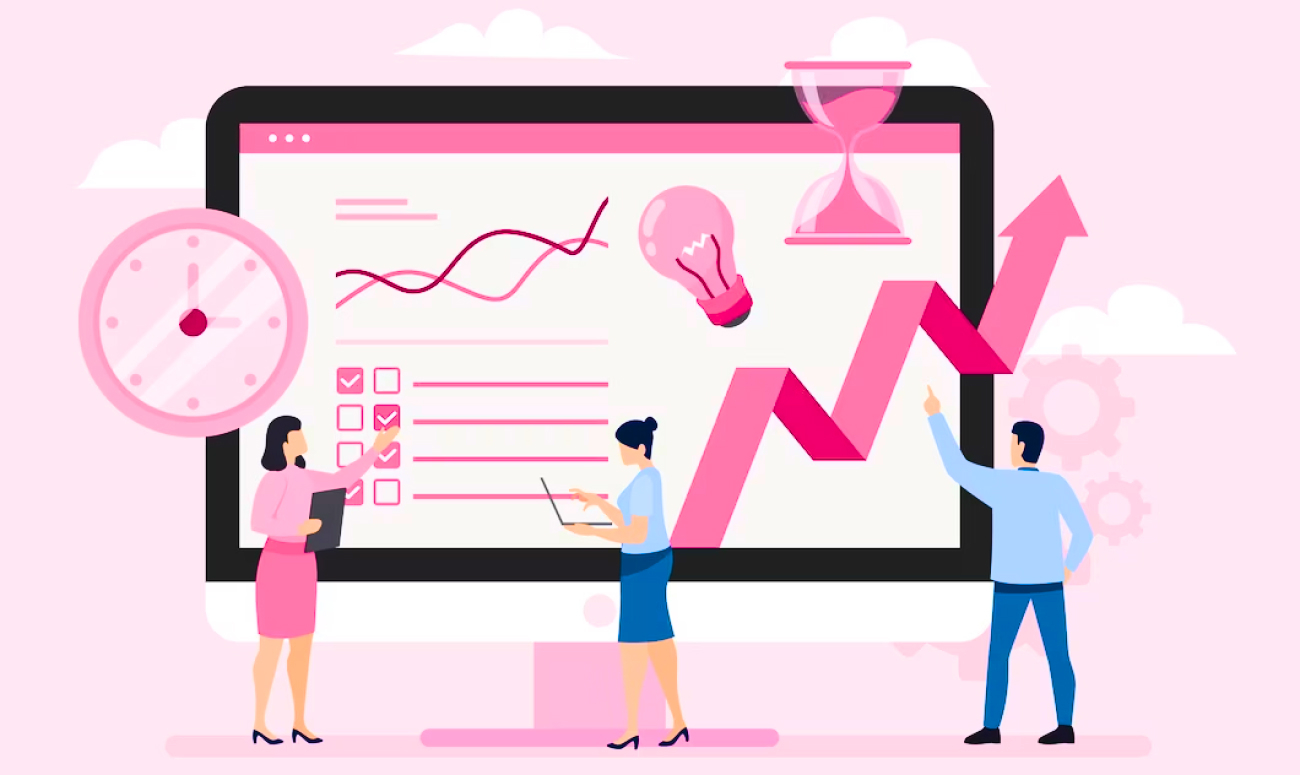
To accurately measure and track the success of the billing automation process, several key metrics should be tracked:
Accuracy
Accurate invoicing and billing are crucial to ensuring timely payment and maintaining positive client relationships. Therefore, tracking the percentage of invoices and bills accurately generated through automation is essential in gauging success.
Turn-around time
Automating the sales process also should significantly reduce the time it takes to send invoices and receive payment from prospective customers. Therefore, tracking the average time it takes to generate and distribute invoices and the time it takes to receive payment can reveal the effectiveness of the automation system.
Amount of manual intervention
Ideally, the invoicing and billing automation system should require minimal manual intervention from staff members. Keeping track of the percentage of invoices and bills that need manual intervention and the number of staff hours spent on manual intervention can reveal areas for improvement in the system.
Overall financial impact
Finally, tracking the overall financial impact of the automation system is essential. By comparing revenue and cash flow data before and after the implementation of the automation system, it is possible to determine the financial savings and benefits of the system. And through monitoring lead information(unlimited leads) in the sales pipeline, a business can have full visibility of accounts, deals and projects to develop strategies for improvement in billing services.
How to Continuously Improve Your Invoicing and Billing Automation Processes
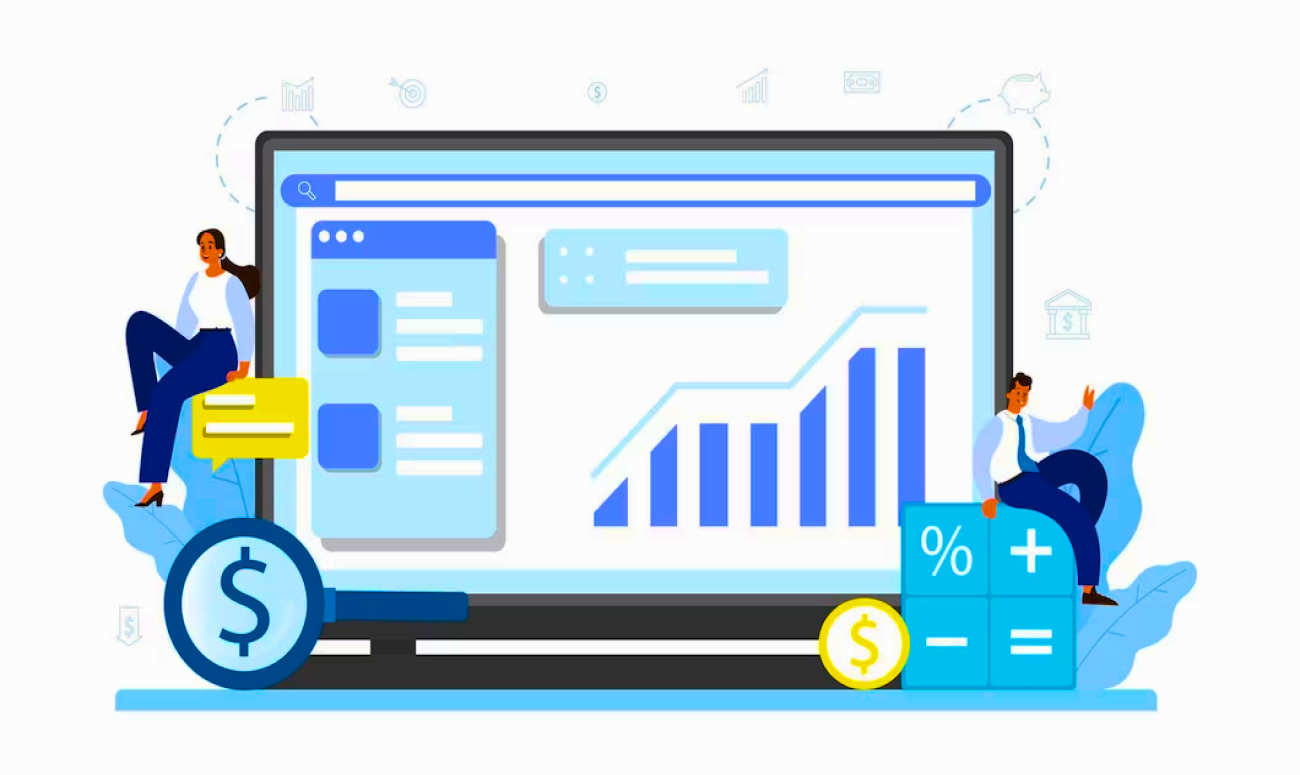
Once you have tracked the metrics for your invoicing and billing automation processes, it is vital to improve them continuously. This improvement can help increase efficiency, reduce errors, and save time and money. Here are some short points on how to improve these processes:
Regularly Review Processes: Review your invoicing and billing processes regularly. Identify any bottlenecks or areas for improvement.
Collaborate: Work with your team to brainstorm ideas for improvement. Collaboration can help to identify issues and create potential solutions more quickly.
Test Changes: Before implementing any changes, conduct small tests to ensure they have the desired effect without causing negative consequences.
Monitor Results: Once the business has made the changes, monitor the results to see if the improvements have been practical. Then, make additional changes as necessary.
Automate Further: Look for additional areas to automate within your accounting, invoicing and billing management processes. This automation can reduce manual tasks and increase efficiency.
Stay up-to-date: Keep up-to-date with new technology and software that can help to streamline your invoicing and billing processes.
You can increase efficiency, reduce errors, and save customers time and money by continuously improving your invoicing and billing automation processes. That can also help to improve customer satisfaction and build a better reputation for your business.
How to Choose the Right CRM with Invoicing Automation
Managing customer relationships and invoicing can be complex and time-consuming for many businesses. However, with the right CRM system for both large and small businesses that offer invoicing automation, you can streamline and simplify these tasks. When choosing the best CRM with invoicing automation, businesses must consider several factors. Firstly, ensure it includes all the features you need (proper client communication, automated sales process, manage leads, and email marketing features)to manage your customer relationships effectively.
Additionally, check that it integrates with your existing systems and platforms. Finally, ensure it’s scalable and flexible to grow with your business. By selecting the right CRM software with the best invoicing system, you can save time, close more deals, reduce costs, and improve your overall customer experience.